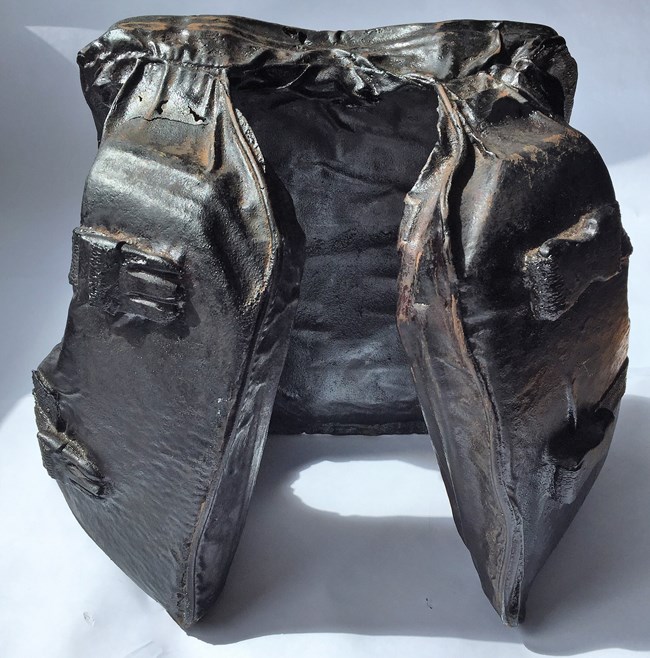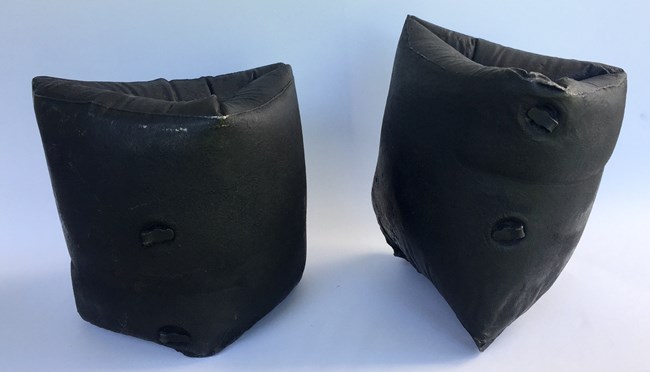Part of a series of articles titled I Cast Iron Because....
Previous: I Cast Iron: Ezekiel Moriarty
Article
Iron casting is hard work. It is a multistep process, from creating the pattern of what is to be cast, to the best type of mold for that pattern, to then actually pouring iron into the mold and then detailing the piece and finishing it with a patina from there. This process requires persistent problem solving, but each problem is a new opportunity for creativity.
So, I cast iron for what it communicates.
A Massachusetts College of Art and Design (MassArt) Iron Corps student, Bridget Mara-Williams, explains why she chooses to cast iron.

Bridget Mara-Williams

Bridget Mara-Williams
Part of a series of articles titled I Cast Iron Because....
Previous: I Cast Iron: Ezekiel Moriarty
Last updated: February 8, 2021